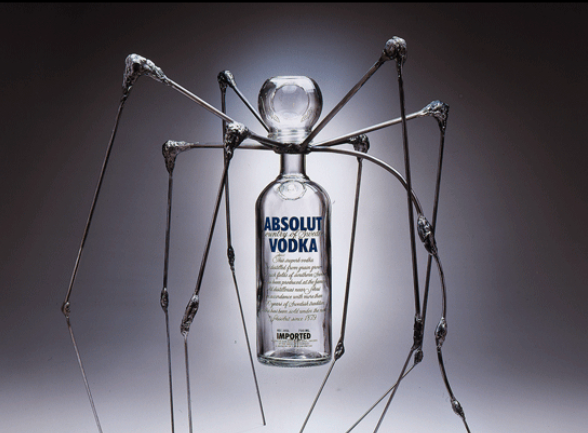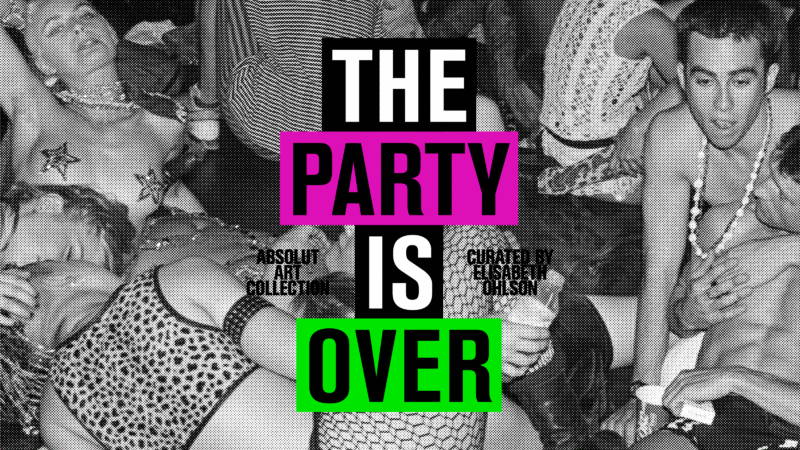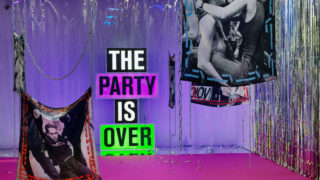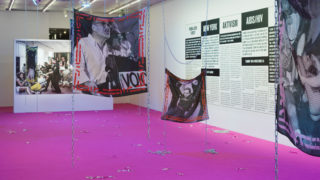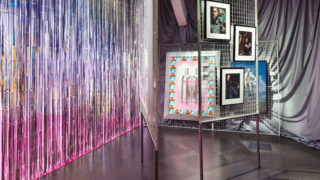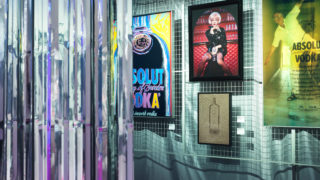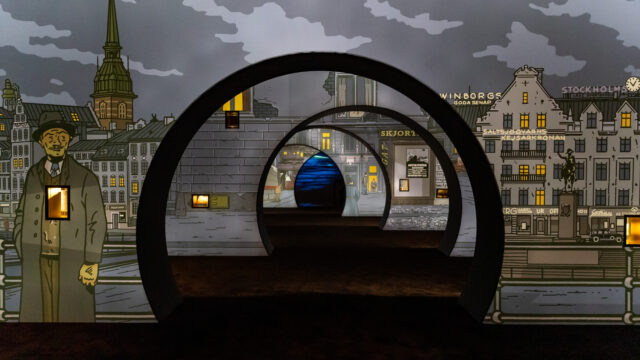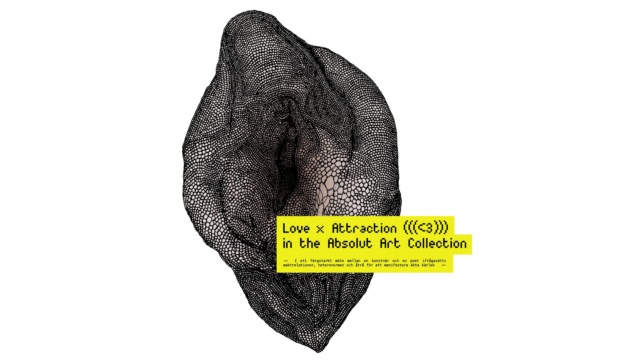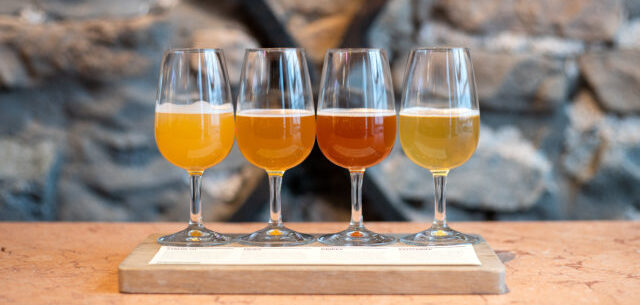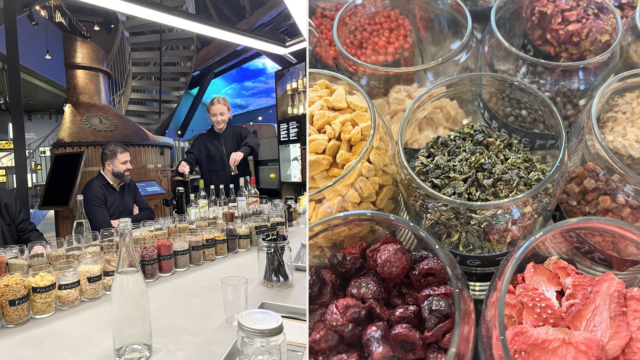“The struggle is nothing you can buy; you can’t pay for or buy liberation. It has to come at its own pace, from its own strength,” says Elisabeth Ohlson in her writings about the exhibition.
This winter’s art exhibition at Spritmuseum takes us back to New York in the 1980s and 90s, to an era that began with a new openness, until the AIDS epidemic began to claim young lives by the thousands, with a backlash of rare force as a consequence. But we also encounter the strength of the LGBTQI+ movement’s counter-reaction.
Photographer Elisabeth Ohlson, invited to serve as guest curator, describes her own experience of the 1980s, a period that shaped her into the artist and LGBTQI activist she is today. She has selected art pieces from the Absolut Art Collection, a far-ranging, sometimes contradictory, boundary-crossing collection that includes installations, films, paintings, decoration, kitsch, traditional folk art, works both unknown and famous, works both provocative and polite. The tension between the various artists and the client’s, Absolut Vodka’s, only requirement – that the bottle be placed in a central position – gains an extra dimension here when linked to themes such as HIV and AIDS, street art, activism and relationships viewed through the lens of sexuality.
The exhibition includes Elisabeth’s personal stories along with quotations from artists who used art as a platform for political struggle.
Elisabeth chose to include two photos of Tommy, one of her young friends who died in the AIDS ward at Södermalm Hospital. She is also exhibiting a large-format photo from 2018 depicting police violence against LGBTQI people worldwide. This is the first time the photo, entitled “The Party is Over”, is being exhibited.
“There is a growing need to focus on the pain, grief and vulnerability that unite the long history of queer life through its politics, art and literature,” writes author and journalist Anna-Maria Sörberg in the exhibition’s main written narrative.
Anna-Maria Sörberg’s historical reminiscences follow several central themes, and are given an unusual amount of space – her text takes up a whole wall. The mildly chaotic party decor, including a hot pink carpet, a curtain of glitter and hovering souls, was designed by scenographer Chrisander Brun. It adds a layer of meaning and helps recreate the feeling of this dramatic period. Graphic design for the exhibition is by art director and designer Karl Stefan Andersson. Franz Edvard Cedrins provided the music and soundscape playing in the gallery.
Absolut Art Collection
The Absolut Art Collection was created concurrently with a period of LGBTQI history that can be described as a paradigm shift in parts of Europe and the USA. The period surrounding the collection’s initial pieces by Andy Warhol in 1985 was cataclysmic. Along with the AIDS panic, an insight into how this would affect a whole world inspired a strong sense of presence and a wave of creativity. The literal experience of living with death right around the corner fuelled a club culture in which art, sex and energy were essential components, and which exerted a powerful influence in the major cities of the West – New York, London, Paris – as well as Stockholm.
The Absolut Vodka brand was created by Vin & Sprit AB as an export product for the American market and introduced in 1979. Many of the people who embraced the product were young creatives and artists who came from all over the US to New York to achieve success in their careers, but also to live openly with non-normative sexuality. Many were young, eager to party and looking for community.
